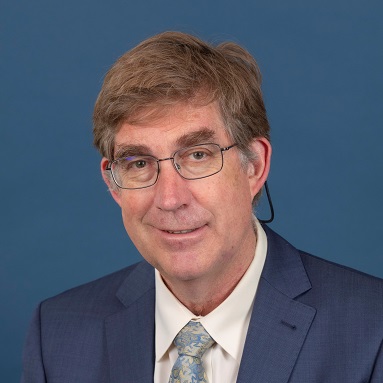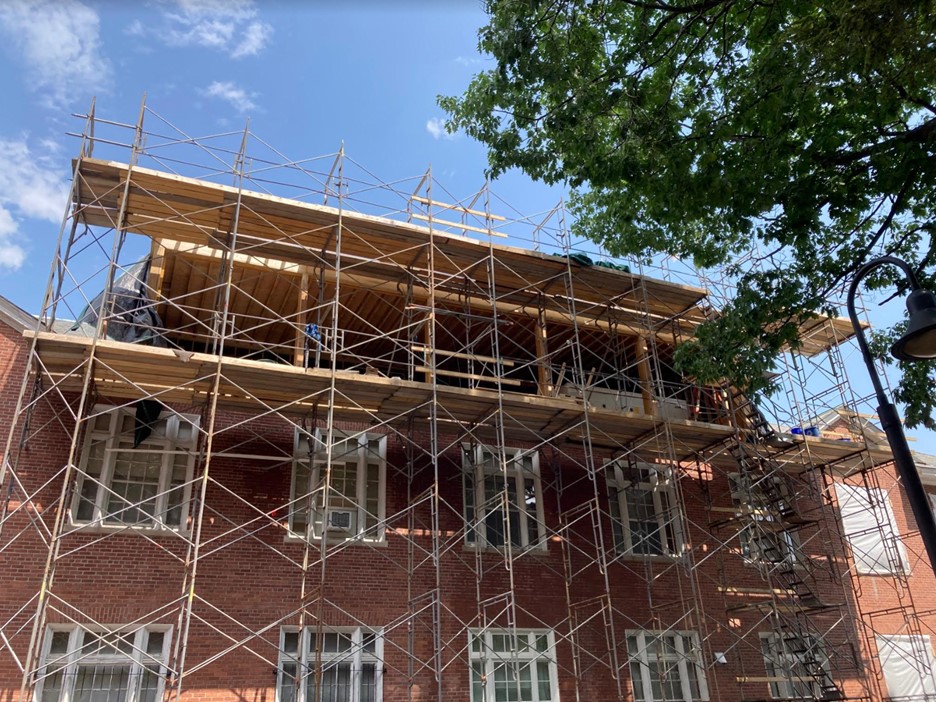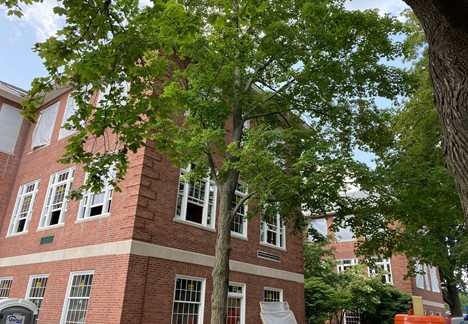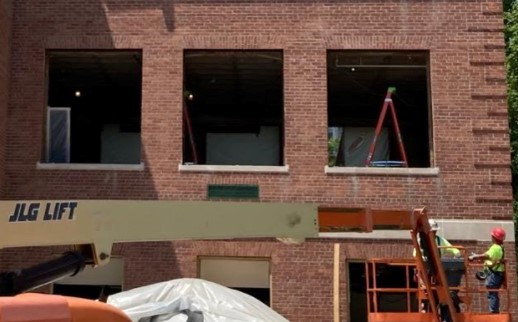Q&A with Carrick Eggleston, Professor and Department Head of Civil and Environmental Engineering
Department(s):
Alumni 
As we come to a global crossroads of much needed climate action, social justice, and technological transformation, Civil and Environmental Engineering will need to take center stage. Carrick Eggleston, Professor and Department Head of Civil and Environmental Engineering, shares his thoughts on how the department and discipline need to respond, how we can help prepare the next generation of engineers, and what WPI is doing to ensure our students are prepared to meet these challenges head on.
What role do you anticipate civil and environmental engineering will have on climate action, social justice, and technological transformation going forward?
Climate action quickly becomes social justice action. Our collective prosperity—and eventually, even our collective survival—depends on whether we choose to help those most in need. Never in human history has there been a straighter line between social justice, inequity, and the good of all.
Humanity is on the cusp of massive change as we inevitably adapt to changing physical and social climates! In such change lies danger, but also great opportunity. Climate change and social justice are today’s transformative circumstances that will be reflected in our built environment for generations to come. It is time for our department, and our discipline, to rethink what the built environment is and what it needs to be. Civil, environmental, and architectural engineering—along with renewable energy, and energy storage/transmission—are the technical fields central to the global human response to climate change, making use of new technologies in the design, construction, and operation of our built environment.
About 40 percent of global carbon emissions comes from the construction and operation of buildings, and 80 percent of today’s buildings will still be in operation in 2040. It is necessary to retrofit many of today’s buildings with new technology and vastly increase construction productivity with automation, robotics, building-scale 3D printing, with computation- and data-intensive building construction and operation.
The buildings with occupants and owners least able to afford sophisticated retrofits are also most likely the lowest-hanging fruit for reducing carbon emissions. Climate action quickly becomes social justice action. Our collective prosperity—and eventually, even our collective survival—depends on whether we choose to help those most in need. Never in human history has there been a straighter line between social justice, inequity, and the good of all.
What do today’s CEE students need to be prepared to tackle these and other challenges?
The first thing students need is strong fundamentals. While this is always true, fundamentals are especially valuable during times of change for the simple reason that they do not change. When we have strong fundamental knowledge of forces in structures, we can substitute new materials with new properties and still be able to make the key calculations.
With strong fundamentals comes confidence and the potential for versatility/adaptability—but these are learned skills. To develop such skills, we must give students the opportunity to encounter new materials and technologies in the classroom and in the lab and work with them! One example is the 3D printer for concrete recently delivered to the department. They will have an opportunity to witness concrete 3D printing—but more importantly, with any such new encounter comes the exciting possibility of new ideas. When you are “printing” concrete, rather than pouring it into a form, suddenly new formulations are necessary and new structures become possible.
New instrumentation that gives us new ways of testing and probing—and ultimately new ways of “sensing” materials and structures, or workflows, or environmental processes—provide new perspectives that are important to supporting and provoking new ideas and new thinking. The renovation of Kaven Hall is a tremendous asset to the department in this regard. We also need to acquire the instrumentation, like the concrete 3D printer, that provides tomorrow’s students with a better window on the future world!
How can alumni support today's students in being prepared to tackle these challenges?
Alumni can help support the students in so many ways! I would love to be able to provide some scholarship support to students, which is part of our social and climate response. I want to provide opportunity for kids from this city to become the engineers that imagine and build their future city. We need their energy and imagination and creativity in solving the global problems we all face. We must support them in any way we can!
Beyond that, the department needs to leverage the Kaven Hall renovation to build more functional lab spaces for the ground-level labs so that students, both undergraduate and graduate, can do projects and conduct research at the forefront much more readily.
Finally, we need opportunities for students to learn from alumni. So many alumni are highly successful, working in industry in the region, and they can help students learn more about the subfields and specialties of our discipline and get a feel for where they would best fit into professional life. This is tremendously important for students and rewarding for alumni! Guest lectures, field trips, and even teaching a course as an adjunct faculty member are all very useful and productive ways to interact with the department. And, of course, there is always the possibility of serving on an Advisory Board!
How will the planned renovations to Kaven Hall support students and faculty in teaching, learning, and undertaking purpose-driven research?
The CEE department feels a great responsibility to impress upon students how their future is directly affected and what they need to do to live in that future, not only for themselves but for all of us. In a way, the renovation of Kaven Hall is just one way in which we all say, “here is some better space for you—please use it so that you can go out and save the world!”
The renovations to Kaven Hall take care of many of the fundamental needs of the building, which was designed for a different era and different purposes. In many cases, the renovations are functional—the new windows and HVAC create temperature stability in the labs, which in turn increases the productivity of instruments, and many renovations will support ADA compliance.
There are also new offices being created, some nicely renovated classrooms, and substantial reconfiguration of walls to be more efficient with space. We have also embraced a “cluster” internal architecture in which groups of faculty around a subject area have a common area in which to meet and have discussions. Finally, there is a major re-do of the student study spaces and TA spaces, replacing some opaque walls with glass, lifting ceilings, and opening up larger spaces to more natural light and a less compressed feel. The bottom line is that all of it supports students and faculty with a physical environment that is more open and conducive to community-building.
It is the renovated lab space with forefront instrumentation that will play a key role in how students, prospective students, prospective new faculty, and WPI administration see the future of the department. Are we stuck in the past? Or are we moving forward into those areas of our discipline that will be most crucial in the coming decades of climate change and social justice?
The CEE department feels a great responsibility to impress upon students how their future is directly affected and what they need to do to live in that future, not only for themselves but for all of us. In a way, the renovation of Kaven Hall is just one way in which we all say, “here is some better space for you—please use it so that you can go out and save the world!”


